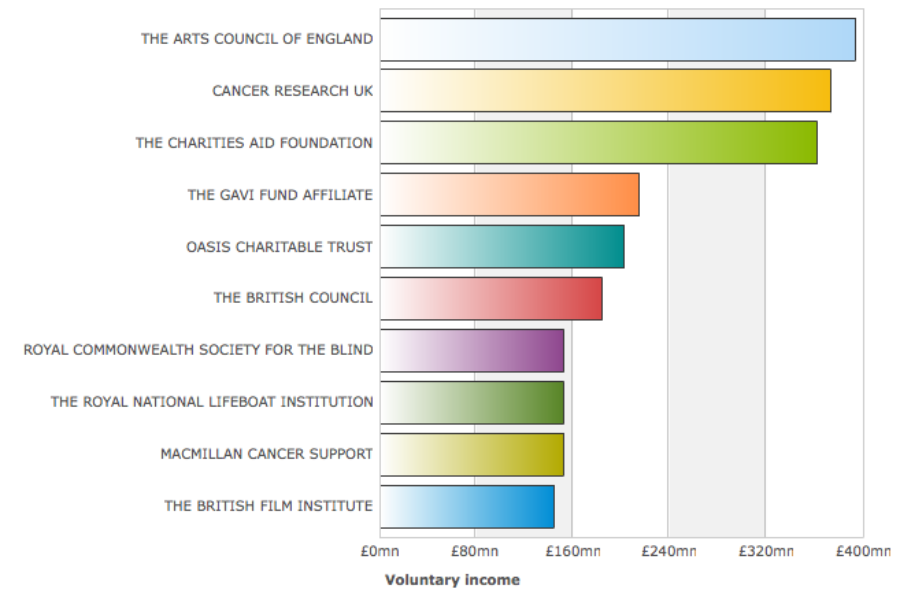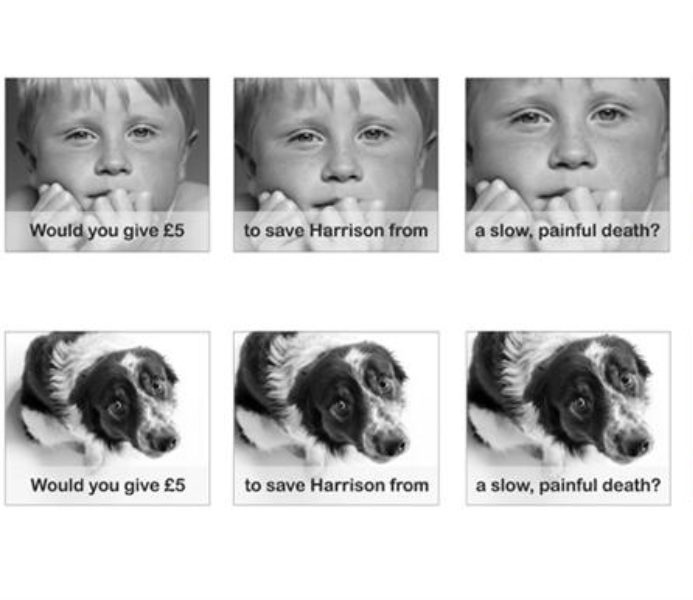What ‘The Dress’ can teach us about perception and social good
Most of us woke this morning to a photo of a dress that divided us. Some of us saw a white and gold dress, others saw black and blue. We even argued about it. Some of us even made gifs. But can we learn something valuable from it?
I’m sat in the Reason Digital office feeling much like I’m part of a conspiracy theory. My colleagues don’t believe that I can see white and gold, and I’m starting to think I can trust no one.
While I tried to get my head around the reason why I saw something differently, and wondered if I needed to get my eyes tested, The Dress also made me think about perception in general. And particularly the part it has to play in social change.
According to a recent Ipsos MORI report into the accuracy of perception compared to reality, the UK was the fifth most-accurate out of the 14 countries included. But we also got a lot of things wrong – overestimating the amount of the population who identify as Muslim, at the same time massively underestimating the amount of people who identify as Christian. We also believe that there are far more teenage pregnancies than there actually are, and yet we seem quite clued-up on murder rate.
But what does this mean?
Well, only this week we saw teenage pregnancy hit the headlines again, with the lowest figures since 1969, according to the Office for National Statistics (ONS).
The ONS believed the drop in the number of underage pregnancies could be explained by improved programmes of sex and relationship education introduced by successive governments. But it also stated that the “shift in aspirations of young women towards education” or the “perception of stigma associated with being a teenage mother” could also be responsible. This demonstrates the true power of perceptions – they aren’t intangible concepts, they have a real impact – and this is just one example.
Similarly, the Charlie Hebdo attack also reminds us of the perception of religion and, furthermore, the mass blame in relation to terrorism, whilst also inspecting the right to freedom of speech and also the absolute responsibility that comes along with it.
Yet, as a result of the Sydney siege came the creation of the #illridewithyou hashtag. When many Muslims in the days after the attack were too frightened to travel alone, this signified solidarity, instead of hate.
A point to make clear is that our perception is so very easily swayed or influenced. We gain much of what we know about the world from the media and our Government, both of which are perception-influencers. And yet, according to the Ipsos MORI Trust Poll, politicians and journalists are the first and second least-trusted types of people in Britain.
And it’s not just key influencers that sway our perception. It’s our family, our friends, our understanding, our education, and ultimately the environment that we are living in.
So, is perception just as important as reality? And how to does that have an impact on social change?
Many of us, when we want to make a difference, turn to charities to lead the way. The vast majority (96%) of the public say that charities play an essential, very or fairly important role in society, and are effective at bringing about social change (73%). And, in general, the public are largely positive about the conduct of charities. Three quarters (71%) believe most are trustworthy and act in the public interest (‘Public trust and confidence in charities’ – Ipsos MORI).
So, when it comes to public perception, what are the most positively perceived charities in the UK according to YouGov’s 2014 Charity Index?
- 1. Macmillan Cancer Support
- 2. Cancer Research UK
- 3. Help for Heroes
- 4. British Heart Foundation
- 5. Royal British Legion
- = 6. British Red Cross
- = 6. RNLI
- = 6. Dogs Trust
- 9. Marie Curie Cancer Care
- 10. Guide Dogs
And how does this match up with the charities that receive the most donations, according to Charities Aid Foundation (CAF)?

Charities that receive the most donations (CAF)
Only Macmillan Cancer Support and Cancer Research feature. Which asks the question – is positive perception equivalent to donations? The answer is, perhaps surprisingly, probably not. According to CAF’s 2014 ‘Why We Give’ report, 96% of people gave to charity due to personal values, 75% identified with a specific cause, 71% of people named religious values, and 61% were able to identify a personal experience that influenced their giving.
And, at the same time, if a ‘friend’ posts a charitable donation on a social media site:
- 68% take the time to learn more about the charity
- 58% ask their friend for more information
- 39% donate themselves
- 34% post a donations request
- 10% would do nothing
Ultimately, while perception is a powerful tool, there are a myriad of factors for how people choose their cause, what they believe in and what they want to fight for. These points can be deeply personal and complex, so it can take more than perception alone to decide them, but that’s not to say it has no effect at all.
Take Harrison’s Fund, a charity that funds research into Duchenne Muscular Dystrophy, who, in January this year, set out to challenge public awareness, behaviour and perception.

Harrison's fund
They placed two versions of the same advert on MSN.co.uk for two days, and asked people to donate £5 to “save Harrison from a slow, painful death”. But there was one important difference between them – one featured the image of a child, the other a picture of a dog.
The results? The charity revealed that the dog received twice as many clicks as the picture of the real Harrison, the eight-year-old boy after whom the charity is named.
Why is that? Is it because we feel responsible for animals, as much of their suffering is brought on by humans? Or because we feel that this is something that we can control, over complicated diseases that have no immediate cures?
We don’t know.
Ultimately, if you’re an organisation, some people will look at you and see a blue and black dress, and others will see a white and gold one. It’s how you deal with that perception that matters.
We tend to group people by what information they want from an organisation, whether or not that is considering the user experience with website design, or their behaviours online for online marketing.
When choosing people to be the target for our business or organisation, we look at their current or past behaviours and see how we can change them or use them to our advantage.
It may be that the blue and black user is a regular donor and sees you for what you are and completely identifies with your cause. Maybe they are an ‘easy win’ and need a gentle nudge now and again.
And the gold and white user is struggling to see through the language and the perception that they already have of you, along with the inability to relate. Not to mention the fact that 58% of people believe that charities spend too much of their funds on salaries and administration. And two thirds (66%) of the public agree with the statement some of the fundraising methods used by charities make me uncomfortable.
Have you tried to see things another way? Consider how you are perceived, not just by your supporters, but by those who don’t support you.
One thing that we can all agree on is that perception is not reality. It turns important decisions into optical illusions and our perception may well change every time.
Whether you see things in white and gold, blue and black – or even just black and white – a lot can be said for perception.
And if you were wondering, the dress is most definitely black and blue (I’m horrified), but it doesn’t change the way I perceived it. What it has shown is that it was possible to change my mind (however reluctantly that may be).
